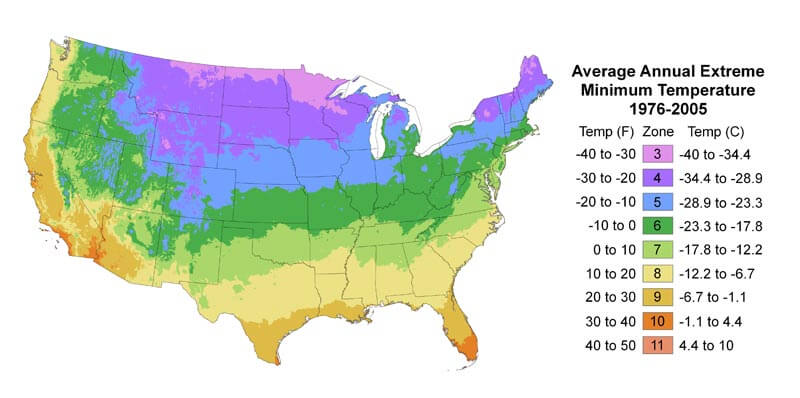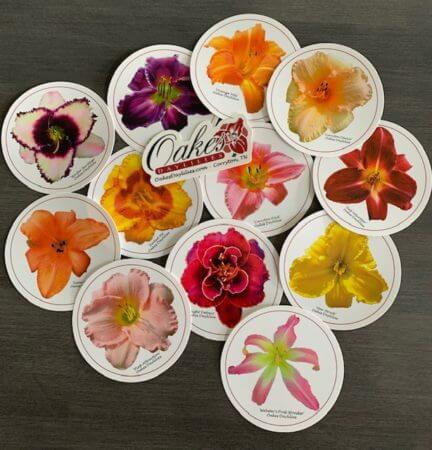FAQ
Frequently Asked Questions
What Daylilies Can I Grow?
I live in the deep South, can I grow daylilies?
Will My Daylilies Bloom the First Year?
The plants we send are blooming-size, but whether they’ll bloom the first season depends in large part on when you get them. The earlier in the season you plant, the more likely it is that they will bloom. (Of course, you need to wait until most chances of freeze have passed, so that limits how early some of you can plant.) Typically, if you can plant by early to mid April or so, you should have a good chance for blooms the first year. That’s not to say that daylilies planted later won’t bloom, but don’t count on it. Likewise, sometimes daylilies planted plenty early enough in the season don’t bloom, for no particular reason except that they’re live plants: they’re going to do what they’re going to do.
What does dormant, semi-evergreen and evergreen mean?
When is the best time of year to plant daylilies?
How to Plant Daylilies
What are Reblooming Daylilies?
Do I need to divide my daylilies?
How to Divide Daylilies
Will daylilies grow in shade?
How Our Daylilies Get to You
What kind of fertilizer should I use? And when should I fertilize?
Daylilies aren’t too picky, we recommend using a high quality, nitrogen rich fertilizer in the spring and possibly again in the fall.
What is rebloom?
– Growers in the South will have a lot more opportunity to get rebloom than Northern growers, because of their longer growing season.
– Don’t expect rebloom to be as prolific as the first bloom, it usually won’t be.
– There aren’t good rebloomers in every color and style of daylily, so you will really limit your choices if just get rebloomers. It’s a nice trait if you can get it, but we typically recommend you choose the varieties that most catch your eye, regardless of whether they are rebloomers or not.”
My daylilies aren’t blooming as well as they used to, what might cause that?
What does diploid and tetraploid mean?
Do deer eat daylilies?
Do daylily colors look different in different areas of the country?
Are daylilies bulbs?
Is it too late to plant (this spring)?
“It depends on what you mean –
– If you mean “”is it too late to plant and get blooms this summer””, then you need to get your daylilies in the ground before they start sending up bloom scapes (in our area, we would want to plant by the end of April or so).
– If you mean “”is it too late to plant for the daylilies to survive””, then probably not. We have sent plants all around the country through the summer for years. “
Is it too late to plant (this fall)?
I live in an area with severe winters, can I grow daylilies?
Are the daylilies labeled when they come?
We’re here to help!
Complete planting information is included with every order. And always, if you have questions or concerns, please visit our YouTube channel to review our instructional videos, call us at 865-687-3770, email us at [email protected], or write us a note (our address is below). We want you to be successful and happy growing daylilies!



